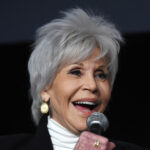
The Tragic Real-Life Story Of Jane Fonda
Jane Fonda rose to fame as an actress in the pretty-blonde-starlet mold in the early ’60s: her most famous film in those years was Barbarella, in which she played a nearly naked space-based sex symbol (a decade before Carrie Fisher reluctantly took over the mantle.)
But people who remember the late ’60s and early ’70s probably remember Fonda as an outspoken activist, especially if they’re Vietnam veterans. She worked for Civil Rights and against the Vietnam War, swapping luxury Hollywood mansions to travel the country — and North Vietnam — spreading the anti-war message, and was willing to get arrested for the cause. That image was somewhat confused in the ’80s, when she became the first home video fitness guru, thanks to Jane Fonda’s Workout. But while it may look like peak ’80s capitalism, the Workout was actually raising money for liberal candidates. By the ’90s, however, the irony was gone: Fonda was almost unrecognizable as the glamorous and mostly silent wife of a billionaire. But Fonda wasn’t done. In the ’00s she returned to acting and activism with newfound energy.
Fonda dealt with personal and political tragedies through every phase of her life, and continued to fight. This is the tragic real-life story of Jane Fonda, from her difficult childhood and health issues to her romantic losses and how she emerged stronger than ever.
Jane Fonda lost her mother when she was 12
Born Lady Jayne Seymour Fonda on December 21, 1937, Jane Fonda had more to live up to than just an extremely fancy name. Her father was actor Henry Fonda, a Broadway star who would soon become movie famous for his Oscar-nominated performance in 1940’s Grapes of Wrath. Her mother was Canadian-born socialite Frances Ford Seymour Brokaw.
Henry and Frances had a troubled marriage (his second of five.) He was frequently away, both for his acting work and for three years of Navy service during World War II, and was continually unfaithful. She suffered from what Jane later described to the Guardian as “what would today be called bipolar.” Jane added that Frances was “frequently institutionalized,” which was hard on Jane and her brother Peter. “When a parent isn’t around, the child assumes it’s her fault… assumes she isn’t lovable,” Jane told the Guardian.
After years of mental health struggles, Frances died by suicide aged 42, when Jane was 12 and Peter was 10. Henry told the children that Frances had a heart attack: it wasn’t until years later that they discovered the truth in a magazine. In an interview with People, Jane said that as a child, she blamed herself for her mother’s death. However, as an adult, she’s learned to empathize with her mother’s struggles: “then you can forgive and you can understand,” she told the Guardian.
Jane Fonda had a difficult relationship with her father
Jane Fonda’s father Henry was already acting royalty by the time she was born, thanks to a successful Broadway career that transitioned into prestigious movie roles. He was famous for playing men “of honesty and decency,” as his New York Times obituary put it. However, that stiff upper lip didn’t translate well into his home life. As the LA Times reports, Henry was cold and distant, responding to his children’s tears or other displays of emotion with contempt. He was frequently absent during their childhood. Months after their mother’s death, 45-year-old Henry remarried Susan Blanchard, who was only nine years older than Jane.
In her autobiography My Life So Far, Jane wrote that Henry constantly told her that she needed to lose weight, an attitude she blames for her eating disorder. When she was 13, it took her a week to work up the courage to tell him that she’d hurt her back swimming, and when she did, he made Blanchard take care of her. (She’d fractured five vertebrae.)
Despite this, Jane longed for Henry’s approval and love. She told the Guardian that the righteous moral characters he played partly inspired her to become an activist. “I knew he loved these characters and I wanted him to love me,” she said. She added that although he initially thought she was “a foolish, frivolous person,” she believes that ultimately he was proud of her.
Jane Fonda struggled with bulimia until she was in her 40s
Jane Fonda attended the all-girls Emma Willard boarding school in Troy, New York, from 13 to 17. In 2015, she wrote on her blog, “while I complained a lot at the time about the strictness… it was the greatest gift my father could have given me.”
According to the New Yorker, it was also at boarding school that Jane developed bulimia, although the seeds of the disease had been sewn by her father Henry. As she wrote in her autobiography My Life So Far, he “had an obsession with women being thin.” Jane desperately wanted Henry’s approval, and his twin beliefs in thinness and repressing emotions contributed to her turning to bulimia. She later told the New Yorker that it got particularly bad when she knew she had to look a certain way for an acting role, and when she was “in an inauthentic relationship, which I was in a lot.”
At 46, Jane went “cold turkey” on her bulimia, but it wasn’t until four years later that she fully began to heal. She started taking Prozac, which helped with the anxiety, and doing her famous workout, which helped her appreciate her body in a new way. She also said that turning to a higher power caused the epiphany that ultimately changed her life: “I could feel myself coming together and being one person,” she told the Guardian.
Jane Fonda's first husband gambled away her inheritance
After dropping out of Vassar College, in 1958 Jane Fonda moved to New York to take acting lessons at the Actors Studio. After appearing in four Broadway plays and several forgettable movies, in 1963 she landed a role in a French movie and moved to France, where she quickly became a celebrity.
According to a biography extracted in Vanity Fair, that year on her birthday, her agent introduced her to French-Russian filmmaker Roger Vadim (ex-husband of Brigitte Bardot). The two soon became lovers. Vadim was the opposite of Fonda’s repressed family. He was passionate and emotional, and hated structure and organization. However, he and Fonda’s father had one thing in common: their tendency to pursue much younger women (Bardot was 15 when she started dating then-22-year-old Vadim) regardless of whether they were in a relationship with someone else. After Fonda and Vadim married in 1965, he decided they should have an open relationship, and often brought his dates home. Fonda went along with it, although she later said she didn’t enjoy these arrangements.
Vadim also kept asking her for money, which she reluctantly gave him. But she later learned he was using it for gambling, racking up debts which Fonda paid off using inheritance from her mother. The final straw for their relationship came when Fonda took an interest in political activism in the US, which Vadim didn’t share. Their divorce was finalized in 1973 but they remained friends, co-parenting daughter Vanessa.
Jane Fonda experienced rampant sexism — but was late to feminism
As a young actress, Jane Fonda experienced sexism in multiple forms. In a 2016 essay, she wrote that from childhood she’d been taught, “that to be loved, a female has to be perfect: thin, pretty, having good hair, being nice rather than honest, ready to sacrifice, never smarter than a man, never angry.” She added, “I assumed I was paid less than the men and that I didn’t deserve more.”
A year later, in an interview with Brie Larson, Fonda said that she’d been molested as a child, and fired for refusing to sleep with a boss. “I always thought it was my fault; that I didn’t do or say the right thing,” she said. She told the New Yorker, “For me, being a woman meant being a victim, being the loser, being the one that’ll be destroyed.”
Today, Fonda is a proudly outspoken feminist. She starred in 1980’s 9 to 5, a comedy criticizing gender workplace discrimination, and in 2018 she pressed lawmakers to expand workplace protections for female domestic and farm workers facing pay inequality and sexual harassment. But even after she’d begun to publicly identify as a feminist, it took Fonda decades to address the sexism in her personal relationships with men. “It took me 30 years to get it, but it’s OK to be a late bloomer as long as you don’t miss the flower show,” she wrote in the essay.
Jane Fonda's second husband broke her heart
In 1971, Jane Fonda met Tom Hayden onstage at an anti-war rally and they quickly fell in love, according to the LA Times. Hayden was an A-List activist. He’d campaigned for Civil Rights, and in 1968, he helped organize the anti-war protests at the Democratic National Convention in Chicago, for which he was prosecuted as one of the Chicago 7.
Hayden and Fonda married in 1973 and moved to a relatively poor area of Santa Monica. When Hayden started running for political office, they founded the Campaign for Economic Democracy (CED) to fund his campaigns and other liberal candidates. Fonda was the breadwinner, taking on movie roles, writing books and launching her famous Workout (which was originally created by Leni Cazden.) In 1982, the New York Times reported that the Workout made $30,000 a month for CED, which owned the rights until Fonda bought them that year.
Despite this, Hayden was often condescending towards Fonda’s activism. And then, as Fonda put it to the New Yorker, “he fell in love with somebody, and it really devastated me.” However, the breakup with Hayden in 1988 also freed her to become an activist in her own right. She said of her relationship with Hayden, “I needed someone far wiser and more knowledgeable than I was about movement-building and politics… I learned so much from him that I am forever grateful for.”
Jane Fonda accidentally alienated the very people she wanted to help
Fonda became passionate about anti-Vietnam War activism in 1968. Her most famous — or infamous — anti-war activism occurred in July 1972 on a two-week trip to North Vietnam. During the visit, according to the Washington Post, Fonda made a broadcast on the Voice of Vietnam radio station to American pilots overheard, pleading with them to stop bombing. She met with seven POWs, took film that she said proved the American government was bombing civilian targets, and was photographed sitting in an anti-aircraft gun.
Fonda was working to end a war that was slaughtering soldiers in their thousands. Yet this trip made her infamous among Vietnam veterans. The broadcasts earned her the nickname Hanoi Jane, a reference to Tokyo Rose, an American who had broadcast messages to POWs in Japan during World War II. There were groundless rumors that persist to this day that the POWs were tortured into agreeing to meet her, and again when she passed messages they’d given her over to their captors.
Fonda dismisses these claims, but she has apologized for two other Vietnam-era controversies. In 1973, she said that POWs were lying about torture: she later apologized, saying that torture probably happened, but that it wasn’t systemic. As for the gun photo, she has apologized numerous times, including on her blog in 2011 when she wrote: “I simply wasn’t thinking… I carry this heavy in my heart… It was never my intention to cause harm.”
Jane Fonda struggled with motherhood
Ever candid, Jane Fonda has admitted that she felt unprepared for motherhood when her children were young. She has two biological children: Vanessa Vadim with Roger Vadim, and Troy Garity with Tom Hayden. (Fonda and Hayden wanted to spare Troy the burden of a famous surname.) She also has an adopted daughter, Mary Williams, who came to live with Fonda when she was 16. Williams’ parents were Black Panthers — a movement Fonda was involved with — but after her father was imprisoned, her mother left the Party and became an alcoholic. Williams got to know Fonda at a summer camp Fonda and Hayden ran, and Fonda offered her a safe place to stay.
Fonda was too busy with her activism to be present for her children, but wishes she’d taken them with her. She told the New Yorker that Hayden did most of the childcare for Troy, and that once, when she was putting him to bed after being away for a long time, “Troy looked up at me and asked, ‘What’s the point of having a mother?'”
Despite not being “a very good parent” during her children’s early years, Fonda says that she’s trying to make up for it now. “It’s never too late,” she told SiriusXM.
Jane Fonda chose independence over Ted Turner
The moment Jane Fonda’s divorce from Tom Hayden was finalized in 1990, she received a call from a stranger who happened to be a famous billionaire. Ted Turner, founder of CNN, appeared to be the total opposite of counterculture hero Hayden. According to the New Yorker, Turner asked Fonda out after reading about her divorce, but she told him to ask again in a few months. He did — to the day — and the following year they married. But behind the scenes, the relationship was already starting to crack.
A month into the marriage, Fonda learned that Turner was having an affair. They stayed together, but Fonda found herself smoothing over parts of her personality that she felt Turner couldn’t handle to make him happy. She gave up acting (she wouldn’t appear in another movie until 2005), pulled back on her activism, and became the epitome of a glamorous, agreeable wife.
However, the role ultimately didn’t suit her. In 2001, Fonda left Turner, later telling the New Yorker, “it was really hard to leave… and yet I knew that, if I stayed, I was never going to become who I’m meant to be as a whole person.” As with Vadim and Hayden, the two remained friends.
Jane Fonda's brother Peter died in 2019
Born on February 23, 1940, Peter Fonda was two years and two months younger than Jane. She described him in her memoir My Life So Far as “all deep sweetness, kind and sensitive to his core,” and told People in 2014 that he was deeply affected by their mother’s suicide and by the family’s refusal to discuss it. When he was 10, Peter accidentally shot himself in the stomach, according to the New York Times. The incident inspired a lyric in the Beatles song “She Said She Said.”
Peter also went into acting, most famously appearing in Easy Rider alongside Dennis Hopper, for which he, Hopper and Terry Southern were nominated for an Oscar for Best Original Screenplay. Peter was nominated again in 1997, this time for Best Actor for Ulee’s Gold.
In 2014, Peter told the Express that he didn’t get to see Jane as much as he’d like, and that their attitudes to life are different. “Jane is driven. I’m a driver,” he said. However, before his death from lung cancer in August 2019, the siblings spent what Jane described to People as “beautiful alone time,” adding, “He went out laughing.”
Jane Fonda has had several health scares
Jane Fonda looks as energetic as ever after turning 80 in 2017. In 2019, she moved to Washington D.C. to pursue climate activism, getting arrested every week for what she called Fire Drill Fridays. But in an interview with British Vogue, she opened up about some of the health problems that have started to affect her as she’s got older, including osteoporosis and cancer.
Fonda had a small non-invasive tumor removed from her breast in 2010: a representative told People at the time that the operation was completely successful. But as Fonda explained to British Vogue nine years later, six years later she ended up having a double mastectomy — removing both breasts — right before the 2016 Golden Globes, where she’d been nominated for Best Actress. Although she didn’t explicitly state exactly what kind of cancers she’s had — she said, “I’ve had a lot of cancer” — she also implied that she’d had skin cancer. “I frequently go to my skin doctor and have things cut off me by a surgeon,” she told British Vogue.
Fonda also suffers from osteoporosis, which can be caused or exacerbated by eating disorders, although she says that it’s genetic in her case: her father and brother also had it. She’s had both hips and knees replaced, and told the LA Times in 2018 that she even has a fake thumb. However, she’s typically upbeat about aging, telling British Vogue, “I didn’t think I’d ever, ever live this long.”
Jane Fonda is happy being single
After breaking up with her boyfriend of eight years, music producer Richard Perry, in 2017, Jane Fonda decided that she was done with dating, Vanity Fair reports. As with her other most famous exes, she and Perry remained friends. Months later, Fonda took her third ex-husband, Ted Turner, as her platonic date to her own 80th birthday party. But she doesn’t think that her singledom is tragic: she told Vanity Fair. “I’m single, which makes me very happy.”
Fonda has said that she finds romantic relationships with men to be the most complicated parts of being a feminist. “For me to really confront sexism would have required doing something about my relationships with men, and I couldn’t. That was too scary,” she wrote in 2016. Being single in her 60s, before meeting Perry, gave her the chance to “heal the wounds patriarchy had dealt me… to become a whole, full-voiced woman.” She added, “For me, the personal meant becoming a single woman, no longer silencing my voice, slowly becoming the subject of my own life.” As Fonda proved over and over again, out of tragedy can come understanding and a chance to start over, a little wiser.
243 thoughts on “The Tragic Real-Life Story Of Jane Fonda”
Leave a Reply to remont-master-info.ru
You must be logged in to post a comment.
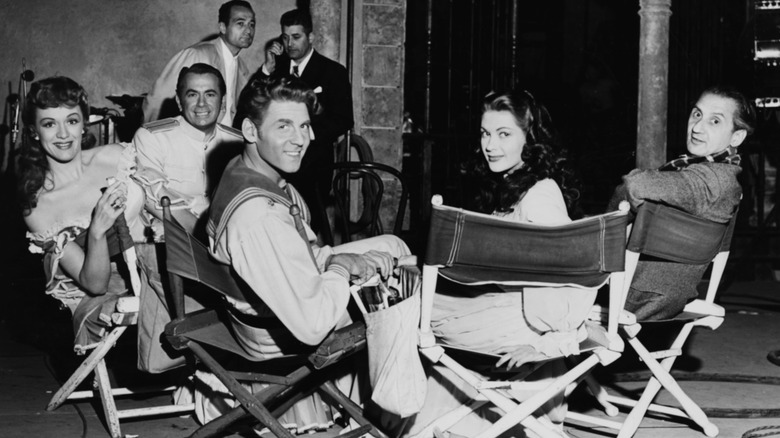
Rules Old Hollywood Stars Had To Follow
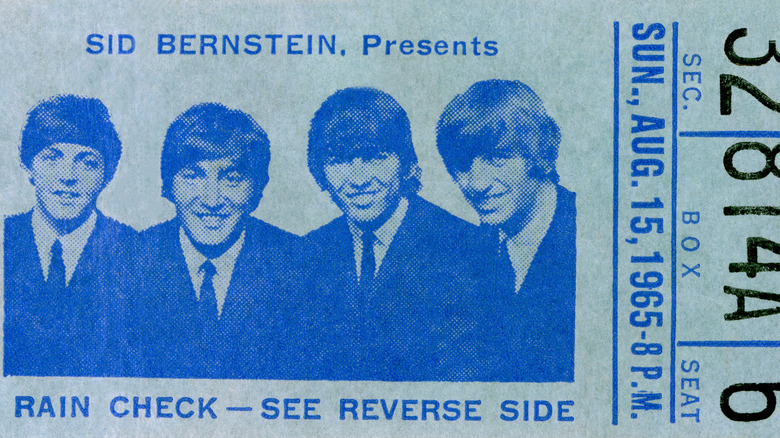
What It Was Like To Attend The Beatles' Shea Stadium Concert
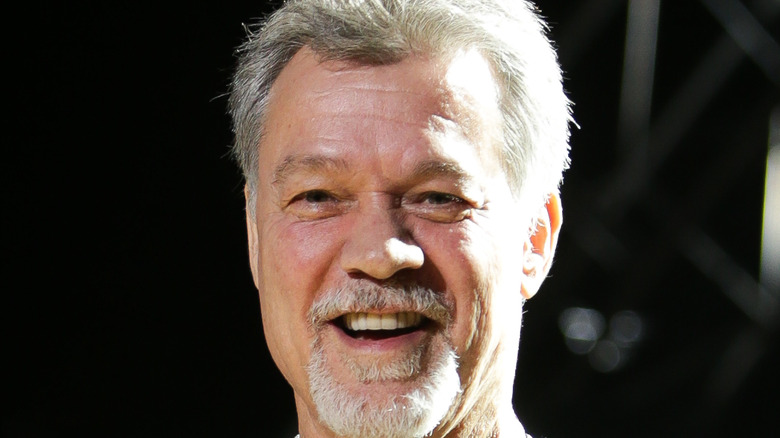
This Is What Really Happened To Eddie Van Halen's Massive Estate

The Untold Truth Of Joni Mitchell
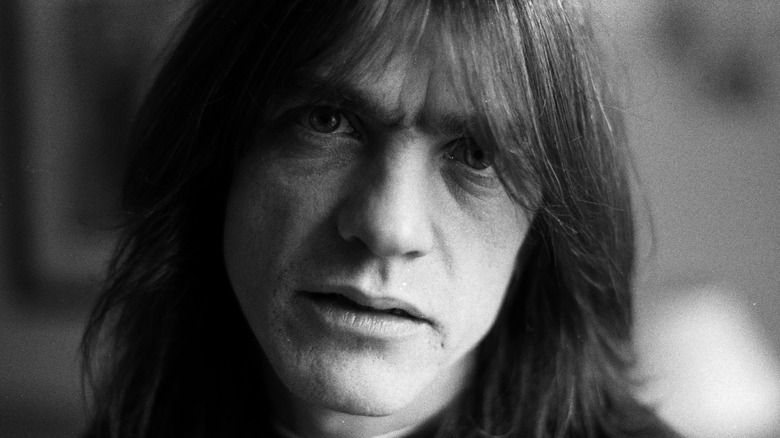
What The Last 12 Months Of Malcolm Young's Life Were Like

The Untold Truth Of Huey Lewis And The News
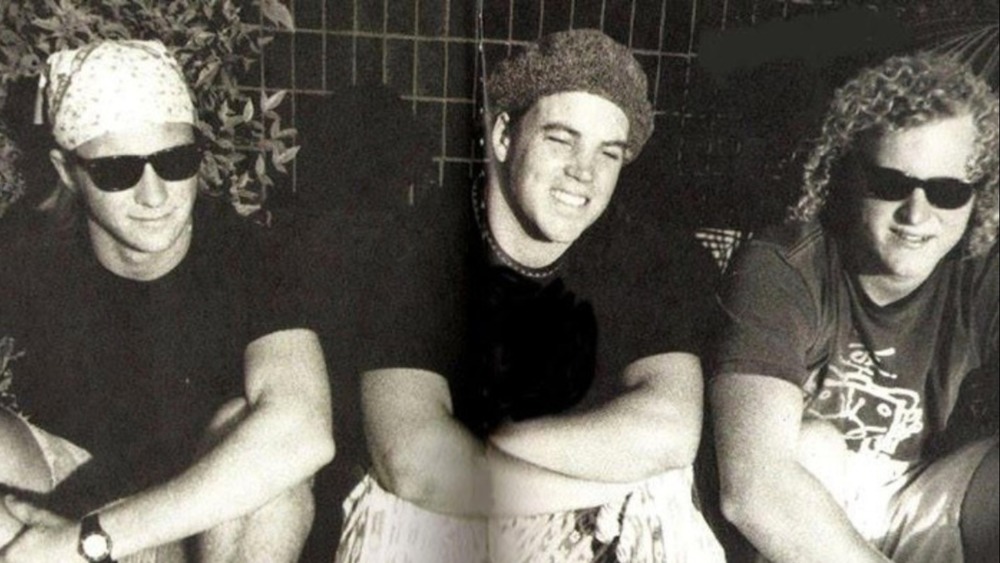
The Tragic Real-Life Story Of Sublime
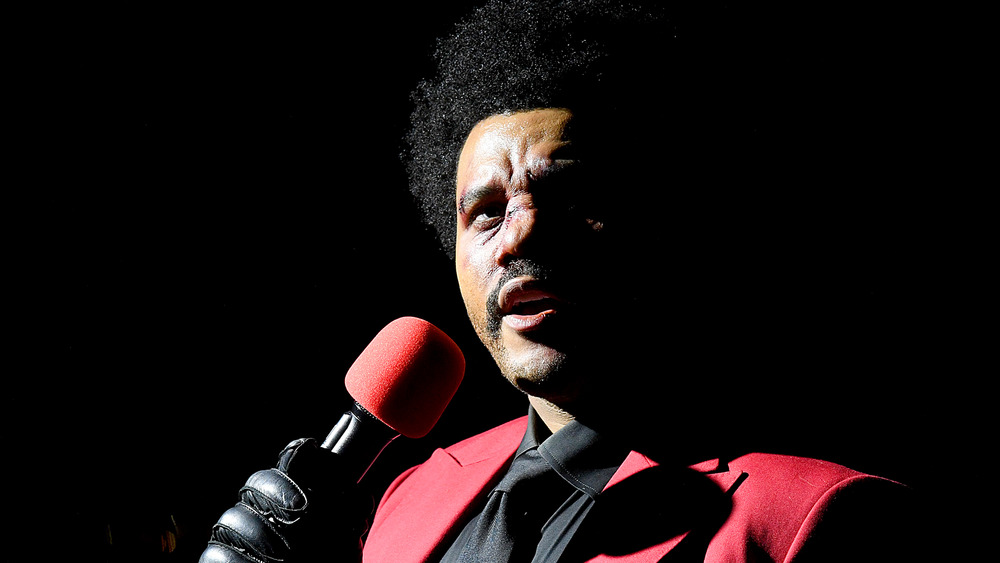
The Weeknd Is Worth A Lot More Money Than You Think
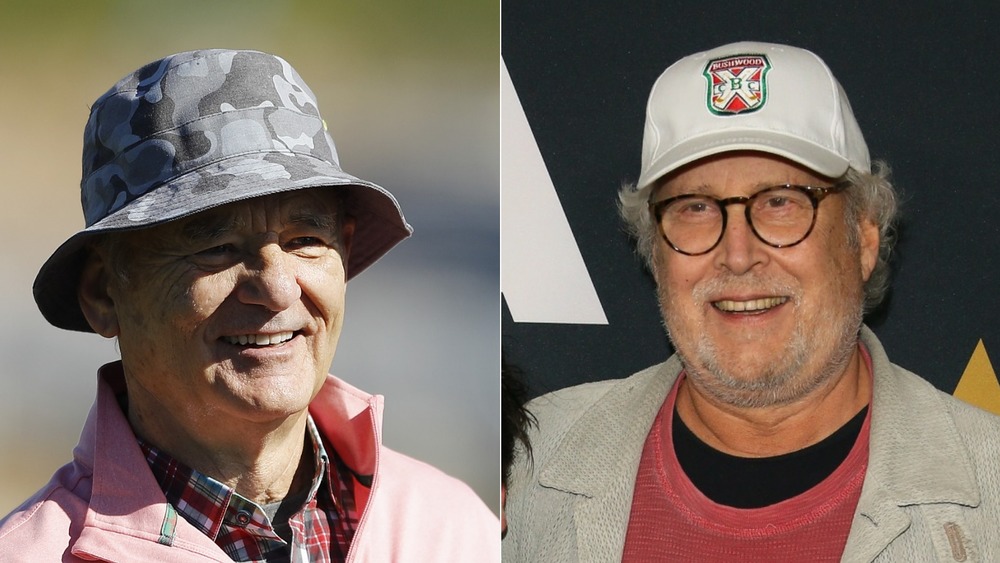
Inside Bill Murray And Chevy Chase's Behind The Scenes Fight On Saturday Night Live
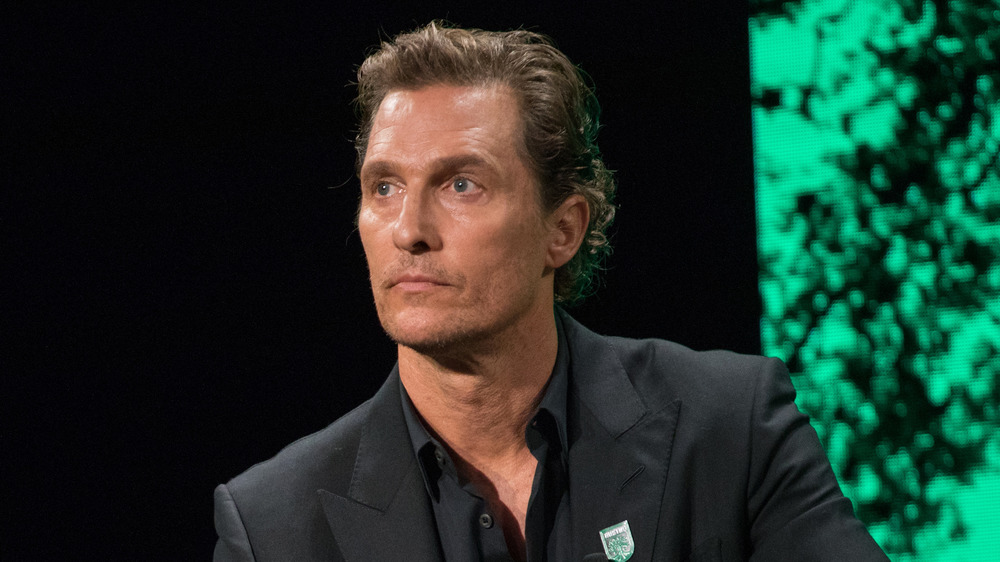
The Tragic Real-Life Story Of Matthew McConaughey
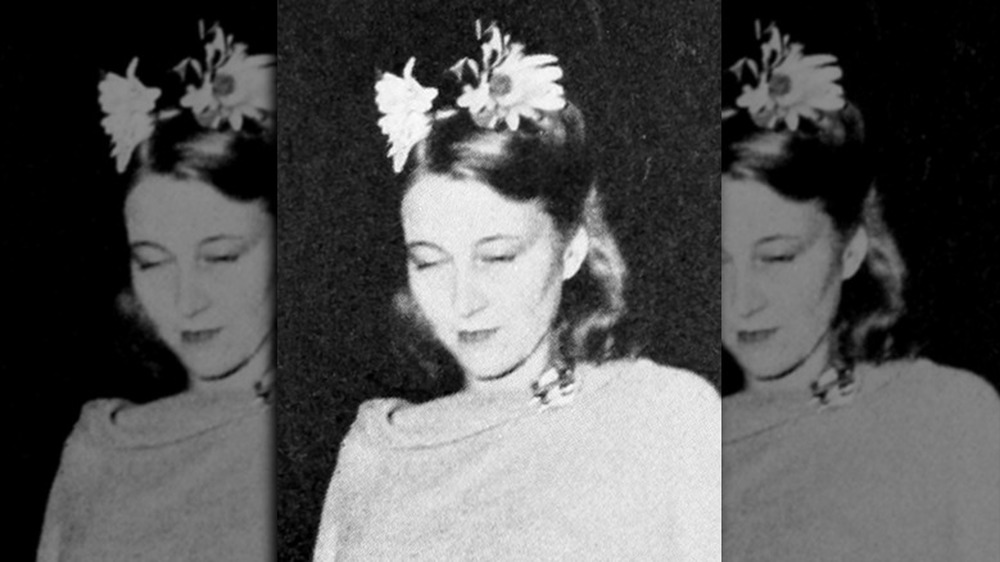
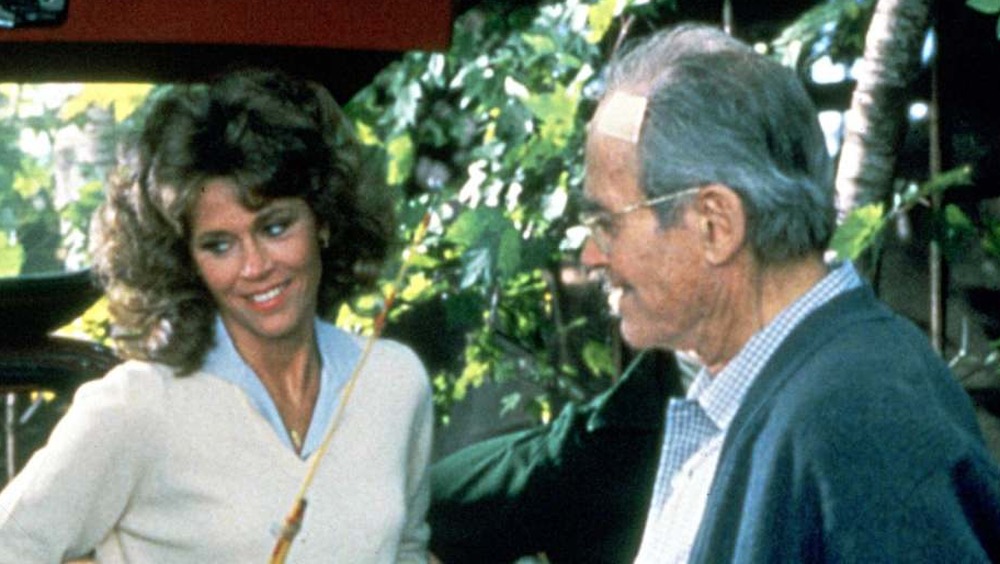
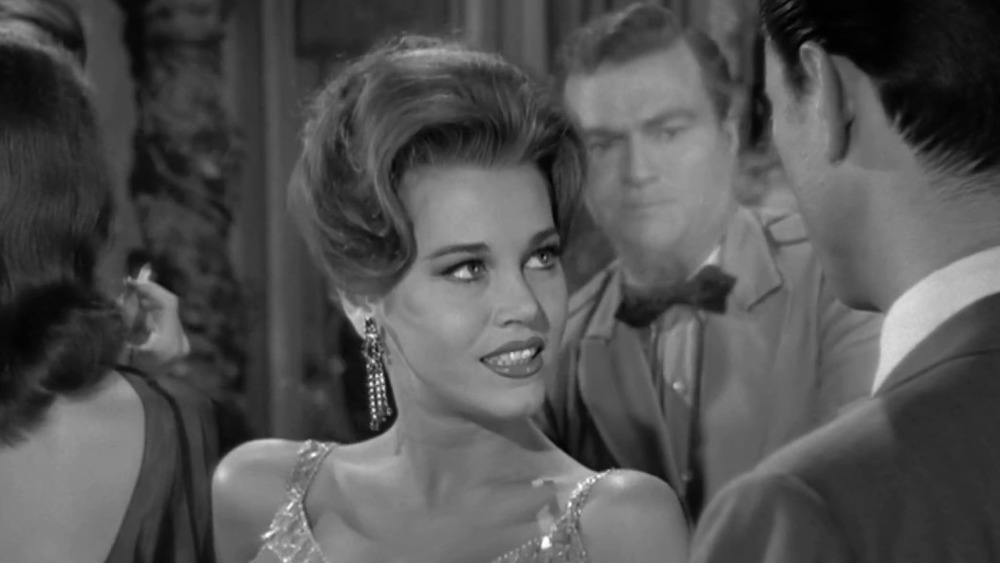
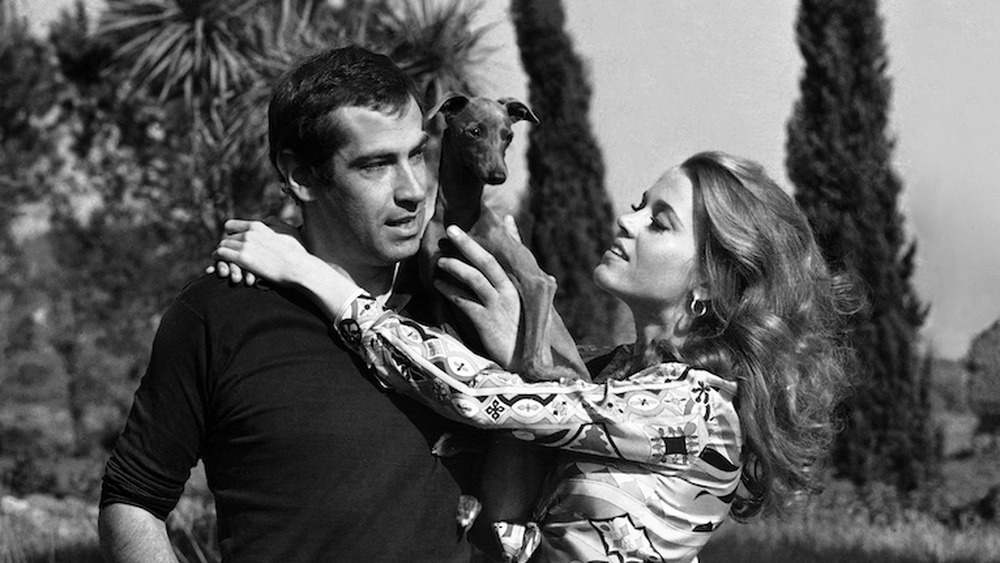
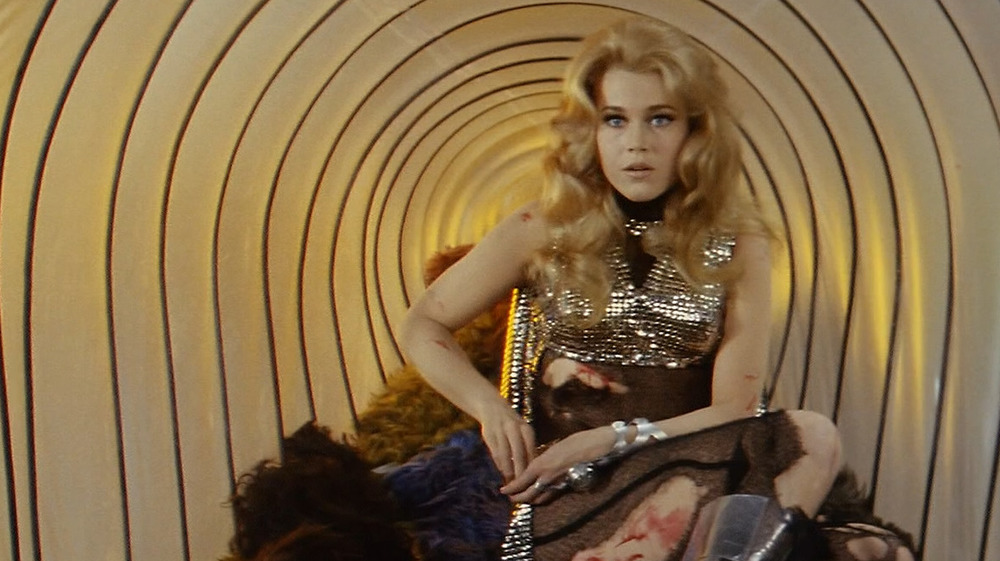
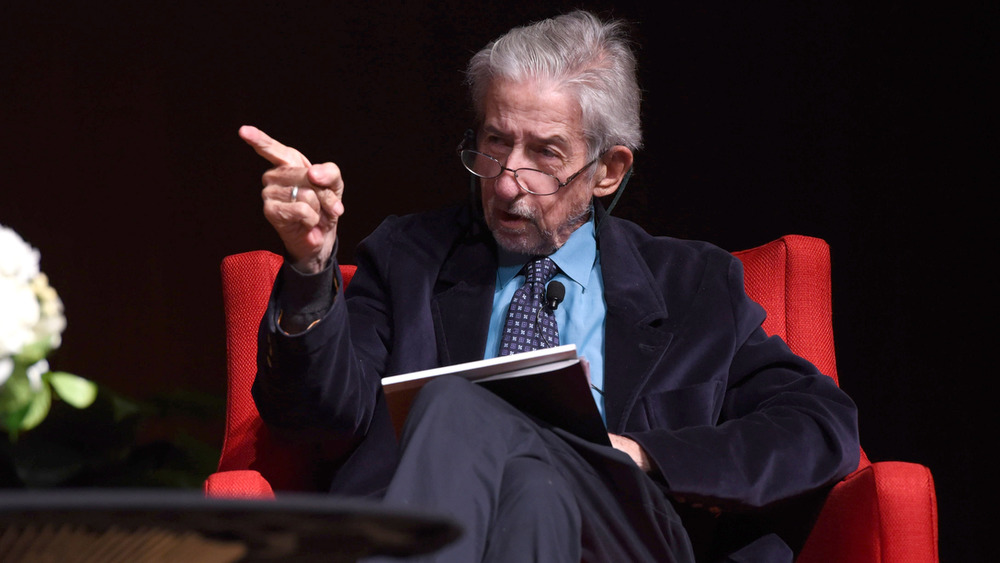
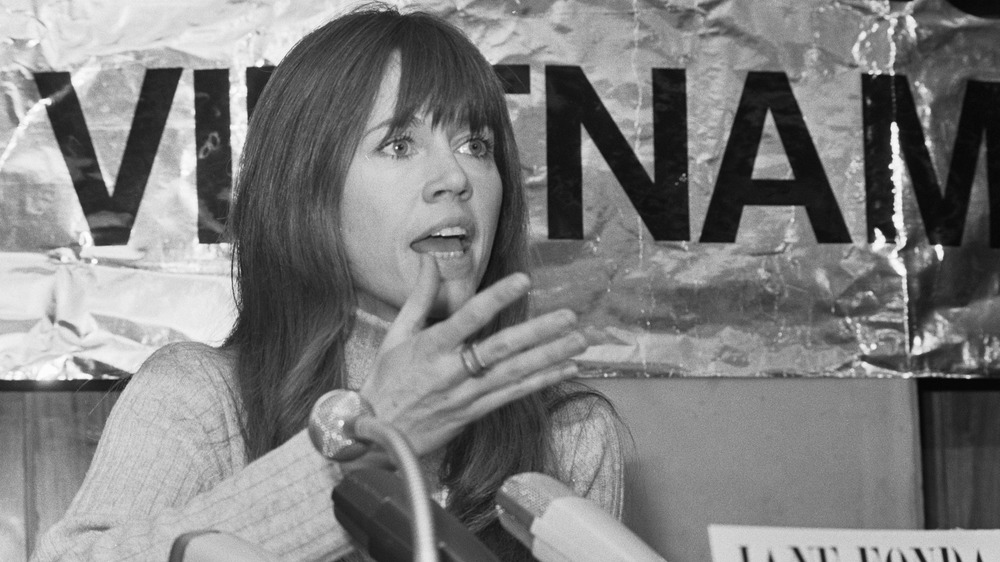
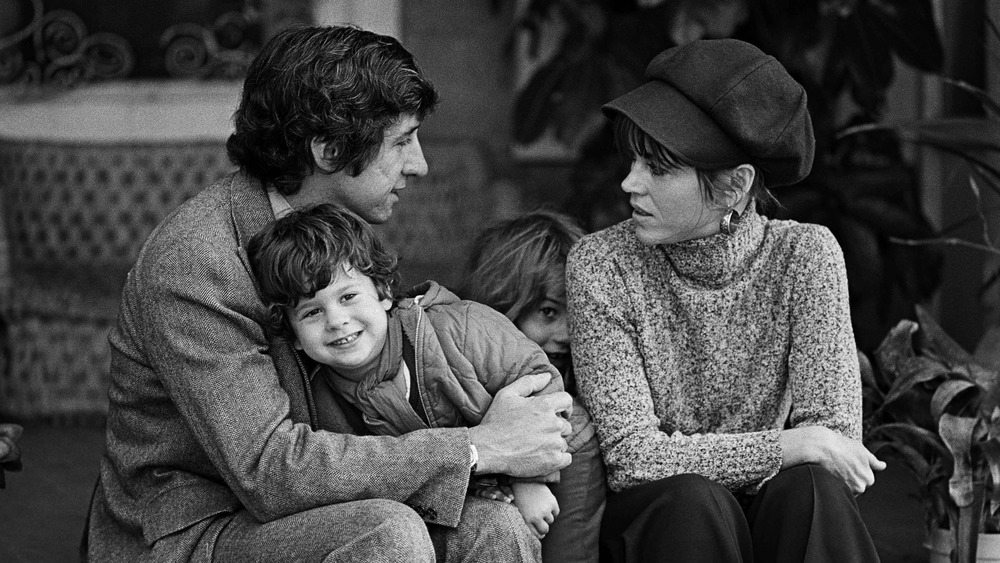
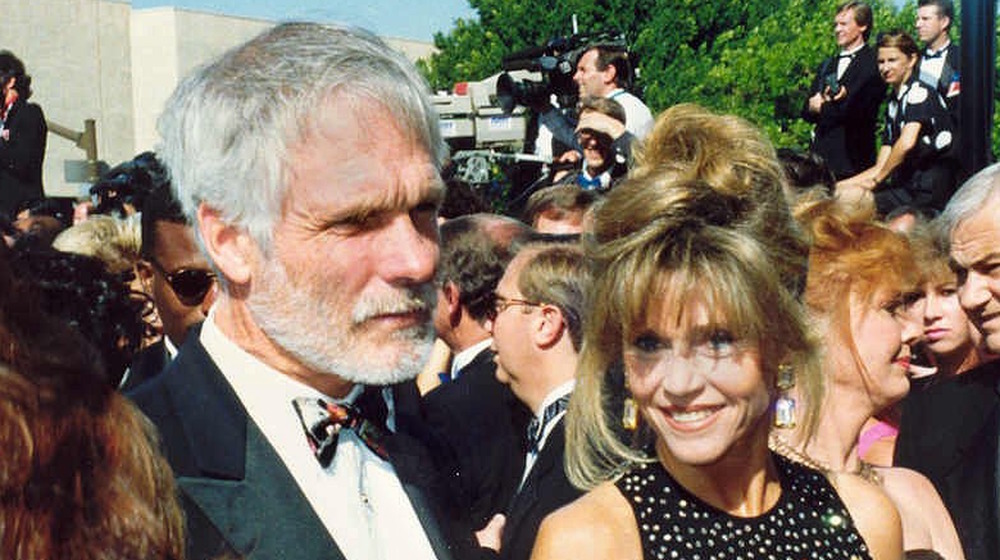

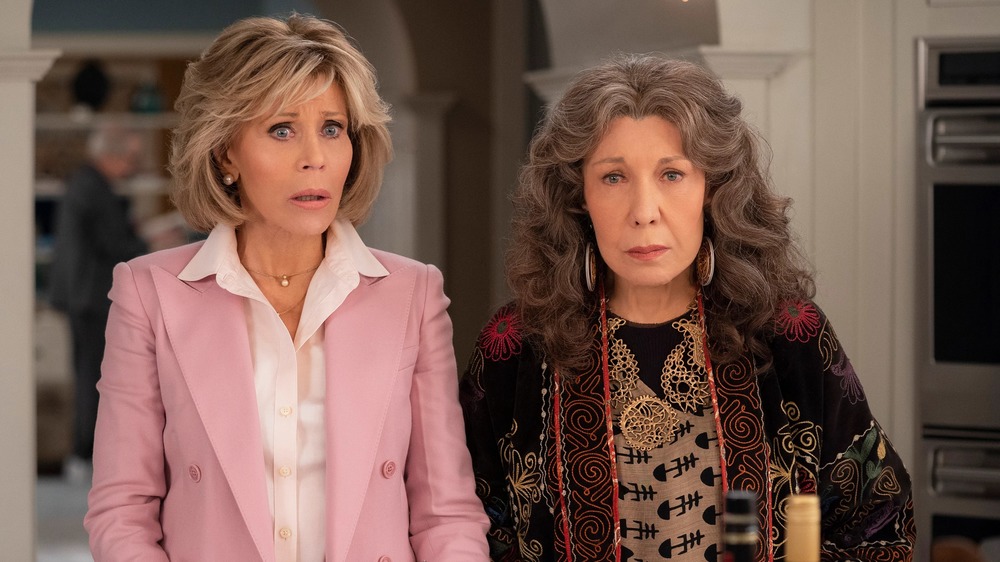
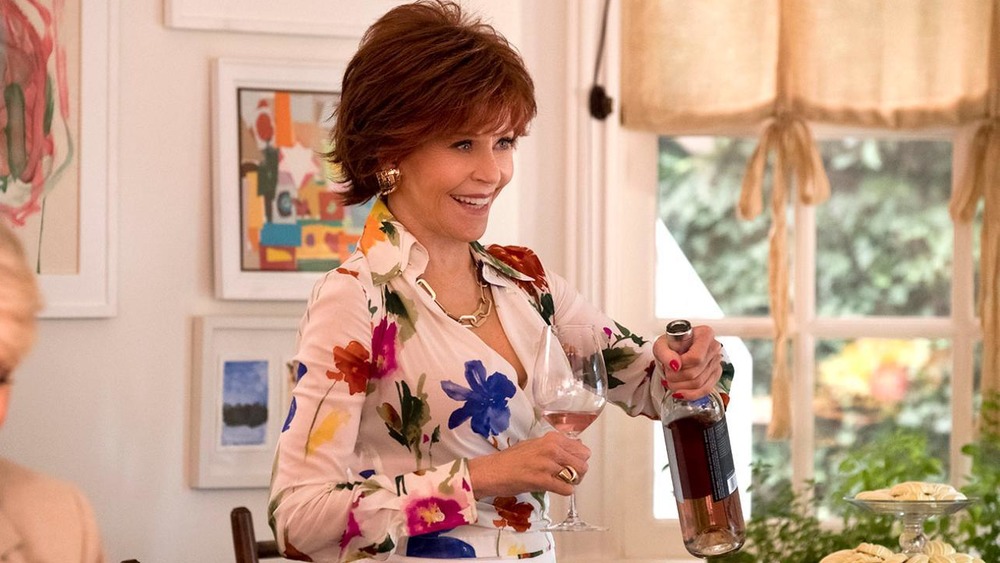

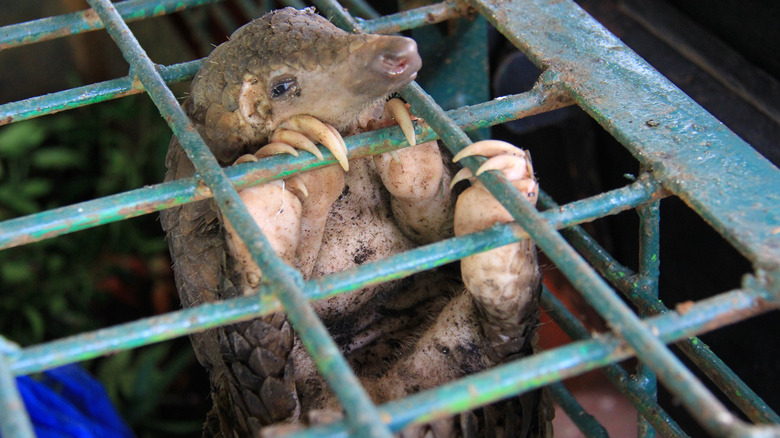
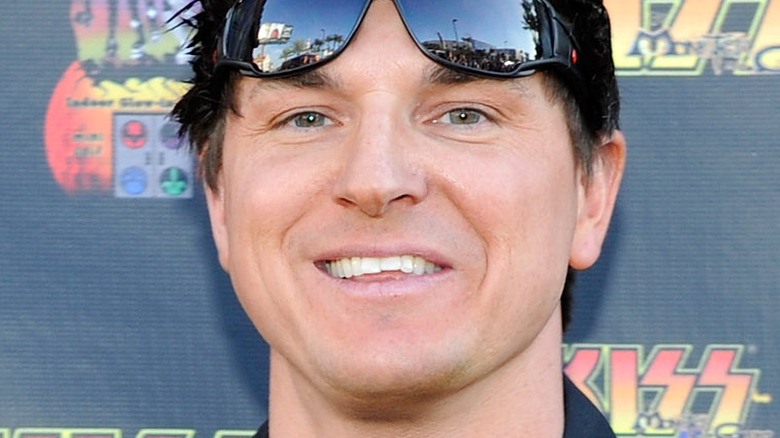

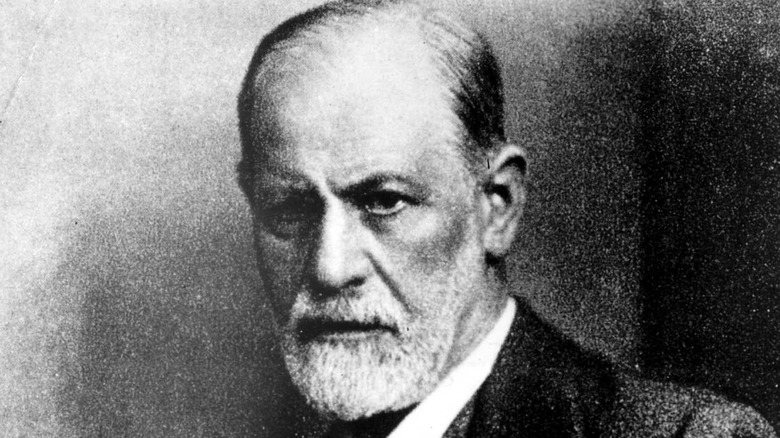




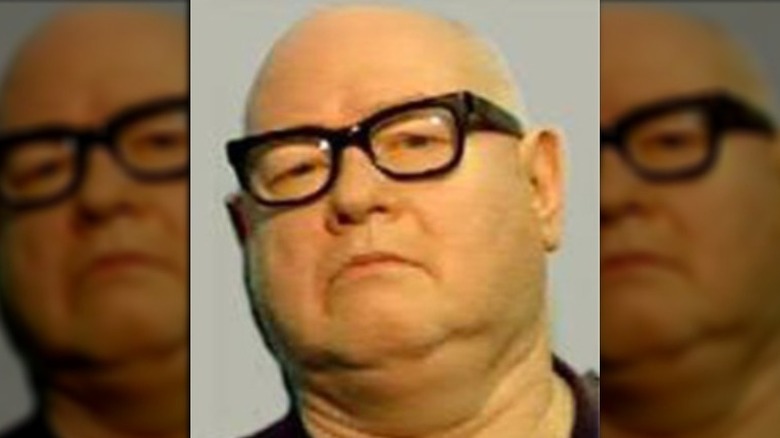
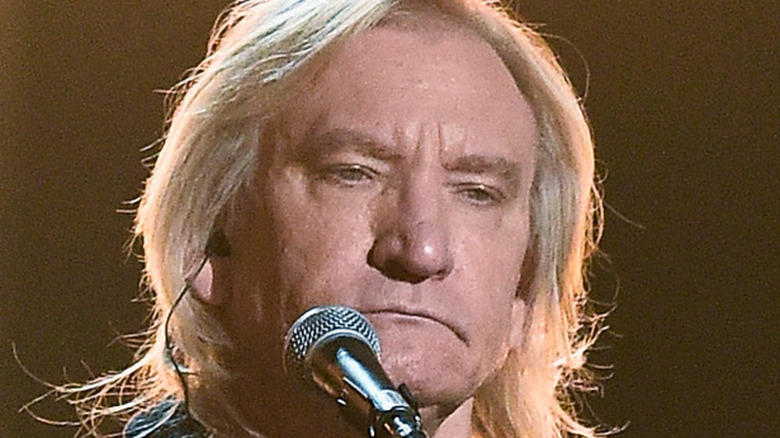
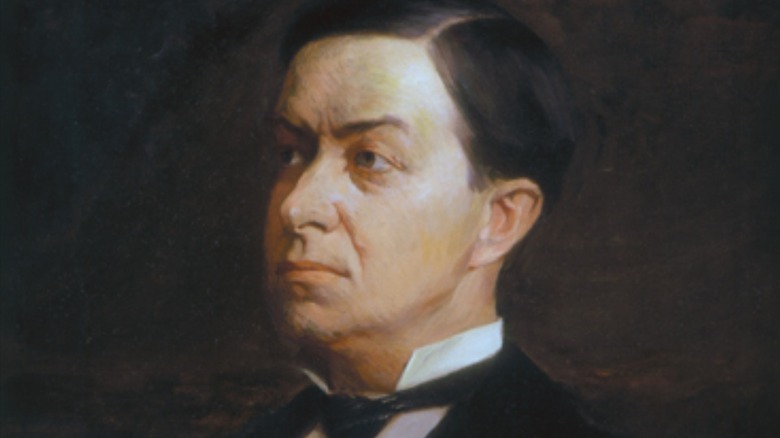




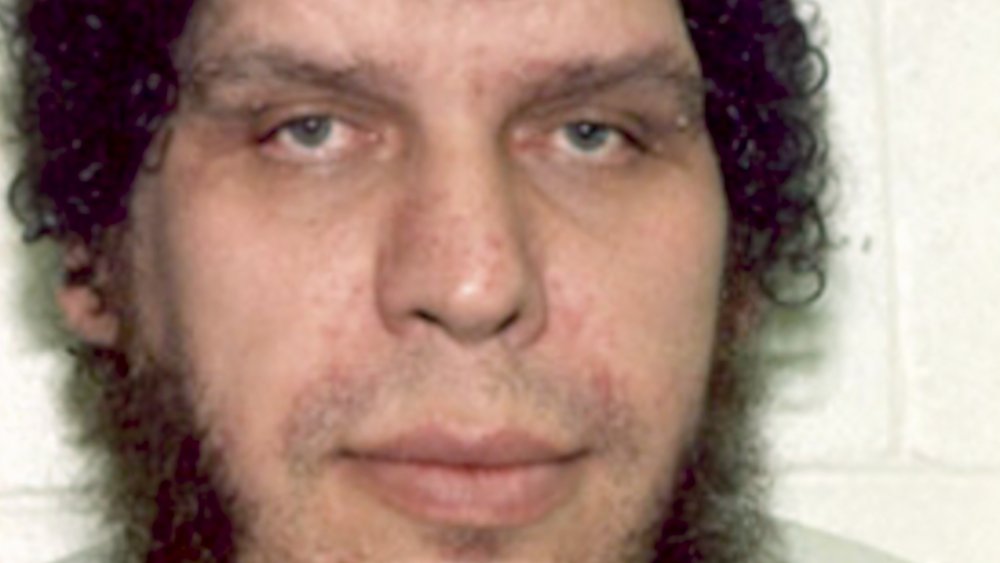








I simply could not leave your web site prior to suggesting that I extremely enjoyed the standard information a person supply on your visitors? Is going to be back ceaselessly in order to inspect new posts
Great delivery. Solid arguments. Keep up the good work.
What’s up friends, pleasant article and nice arguments commented here, I am actually enjoying by these.
You’re so cool! I don’t think I have read something like this before. So good to find someone with some unique thoughts on this topic. Really.. thanks for starting this up. This website is something that’s needed on the web, someone with a little originality!
Thanks designed for sharing such a pleasant thought, article is pleasant, thats why i have read it completely
I’m not sure why but this blog is loading incredibly slow for me. Is anyone else having this issue or is it a problem on my end? I’ll check back later and see if the problem still exists.